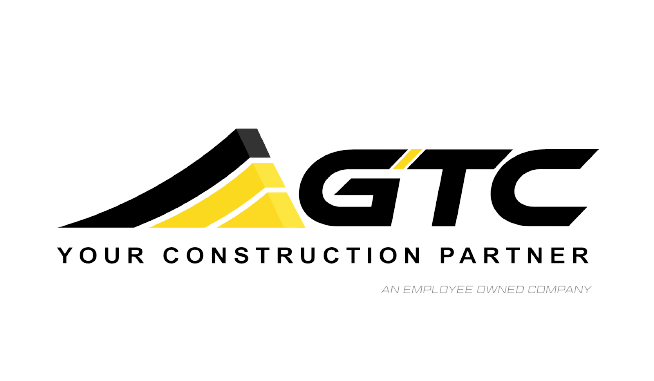SORRY, BUT NO.
Whether intentional or not, that response was incorrect. Why? The steel didn’t make it to our job-site before the crane and steel erectors arrived to install…so we now have a very frustrated team. As a result, we just caused quite a bit more work for our team. But don’t stop now!! Try again and double check your work…and try to find where we missed the mark. Feel free to continue reading below to gain a better understanding of the extra work that would have to take place because of what seems like a small mistake.
WHY IS OUR SUPER UPSET?
There are quite a few activities, trades and crews that cannot start until steel is erected. Our Super would then have to call each of these trades and inform them that they cannot be on-site to start their work as originally planned to accommodate this delay. The challenge is that subcontractors don’t typically wait around for us, they have to assign their crews to different job-sites to keep them productive which can cause even more delays for us in trying to get them back to our job-site. This also typically means that our Super has to make some ‘not so fun’ phone calls to angry or frustrated subs because of what is seen as a lack of planning or coordination on our part. They depend on us to manage and schedule the job effectively so that the entire team is productive. When we don’t hold up our end of the bargain, productivity, moral and profits start to decline for everyone.
The superintendent may now be dead in the water…if there isn’t anything else that can be done on-site before the steel is erected then our team is doing nothing but sitting around and waiting (not productive).
There is a potential of missing a weather window! If it is nice and sunny and dry on the day the steel was supposed to go in, and we now have to wait a couple days for the steel to arrive, the weather could turn on us and be windy, muddy, snowy, etc…we have lost even more time than a couple days. Missed opportunity.
WHY IS OUR PM UPSET?
The PM now has to find ways to make up for the days we lost. They have to look at different options, try to see if they can somehow react to the problem (since we missed our ‘proactive’ window). We may be able to expedite the shipment, but this will cost the project a decent chunk of money, not to mention all the time it is going to take to make multiple phone calls (when they are supposed to be working on other portions of the project) to try to get this fixed.
They also need to look at the schedule and see if there is ANY extra time to squeeze out of it to accommodate for this delay and not push the entire project, potentially costing us, maybe subcontractors, and even the client quite a bit of money.
We may also be dealing with back-charges if a crane was scheduled and on-site to set the steel. This includes some hefty charges for a crane just sitting there not being used somewhere else (if they didn’t pull it off to use on another project causing more delays). Not to mention the conversations regarding these back-charges with other effected frustrated subs and suppliers.
We also need to inform our client and architect of the delays. As you could imagine, this is not an easy or fun conversation with people who have put their trust in us to manage this project.
Any costs incurred due to this challenge is on our shoulders. The owner, design team and steel supplier are not at fault for this one, so this comes out of our profit.
If you ever find yourself stuck, use your team and resources! If we made a mistake, we need to own up to it as quickly as possible and contribute to a solution with our team. We cannot hide the problem from our team because as you can see, it is a snowball rolling down hill. It will be exposed, and the later the team finds out about it, the more it will cost us in trust, stress, frustration and profits. It will get larger and have a much larger impact later, the longer we hide it. Best to bring problems to the team as early as possible.
Also, if we make a mistake, same rule. Own up, take responsibility, and come with solutions or a lot of willingness to contribute to the solution. Otherwise, our team members have to carry the weight we are not holding. Mistakes are how we learn! We need to take responsibility for them, fix them ourselves or contribute to fixing them and then learn from it!
If you find yourself stuck….don’t just give up. Reach out for help, ask questions…LEARN!
If you have any questions, challenges, or comments regarding this exercise, please feel free to reach out to our Director of Training and Outreach, Amy Powell at apowell@gtc1.net


